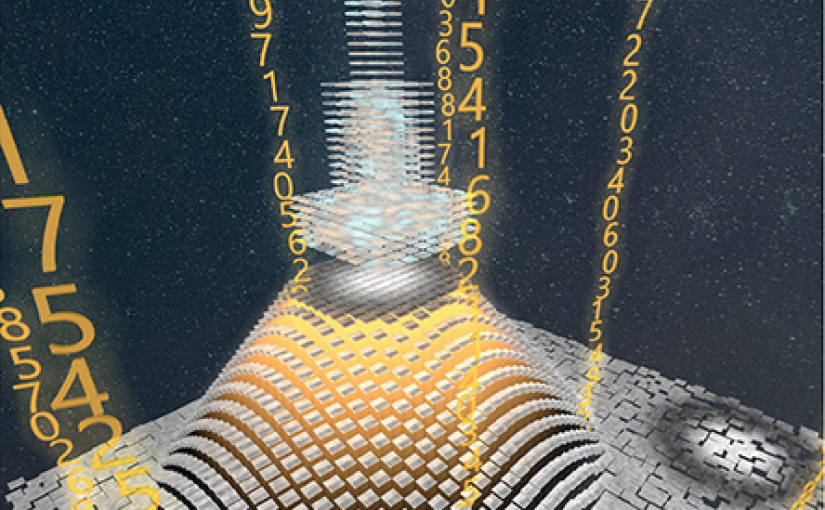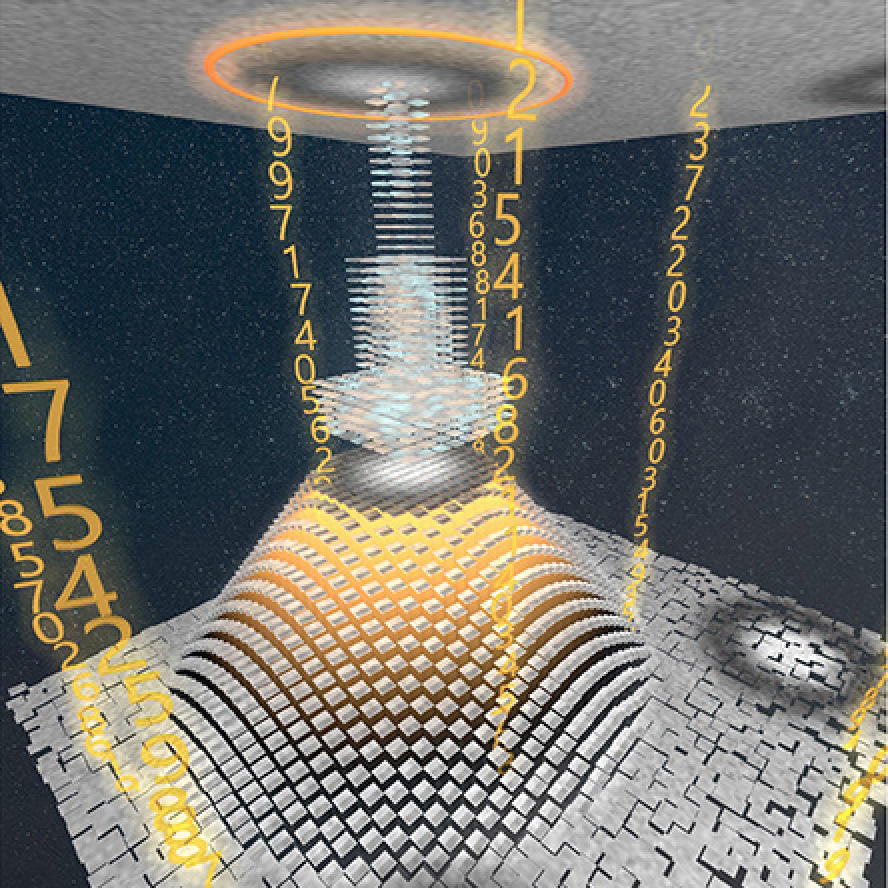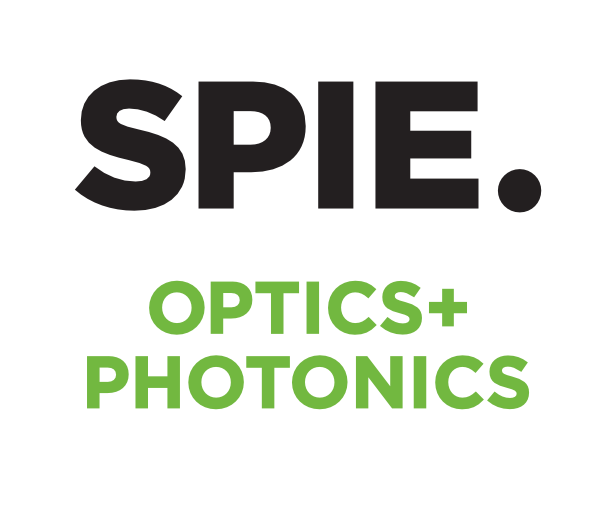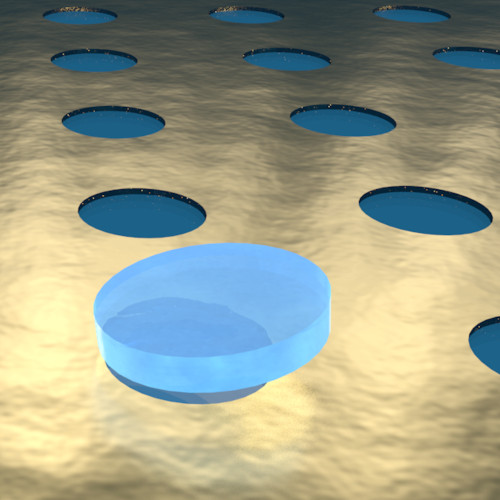
Giovanni Volpe
Gothenburg Lise Meitner Award 2024 Symposium
Date: 27 September 2024
Time: 15:00-15:30
Place: PJ Salen
In recent years, the rapid growth of artificial intelligence, particularly deep learning, has transformed fields from natural sciences to technology. While deep learning is often viewed as a glorified form of curve fitting, its advancement to multi-layered, deep neural networks has resulted in unprecedented performance improvements, often surprising experts. As AI models grow larger and more complex, many wonder whether AI will eventually take over the world and what role remains for physicists and, more broadly, humans.
A critical, yet underappreciated fact is that these AI systems rely heavily on vast amounts of training data, most of which are generated and annotated by humans. This dependency raises an intriguing issue: what happens when human-generated data is no longer available, or when AI begins to train on AI-generated data? The phenomenon of AI poisoning, where the quality of AI outputs declines due to self-referencing, demonstrates the limitations of current AI models. For example, in image recognition tasks, such as those involving the MNIST dataset, AI tends to gravitate towards ‘safe’ or average outputs, diminishing originality and accuracy.
In this context, the unique role of humans becomes clear. Physicists, with their capacity for originality, deep understanding of physical phenomena, and the ability to exploit fundamental symmetries in nature, bring invaluable perspectives to the development of AI. By incorporating physics-informed training architectures and embracing the human drive for meaning and discovery, we can guide the future of AI in truly innovative directions. The message is clear: physicists must remain original, pursue their passions, and continue searching for the hidden laws that govern the world and society.









